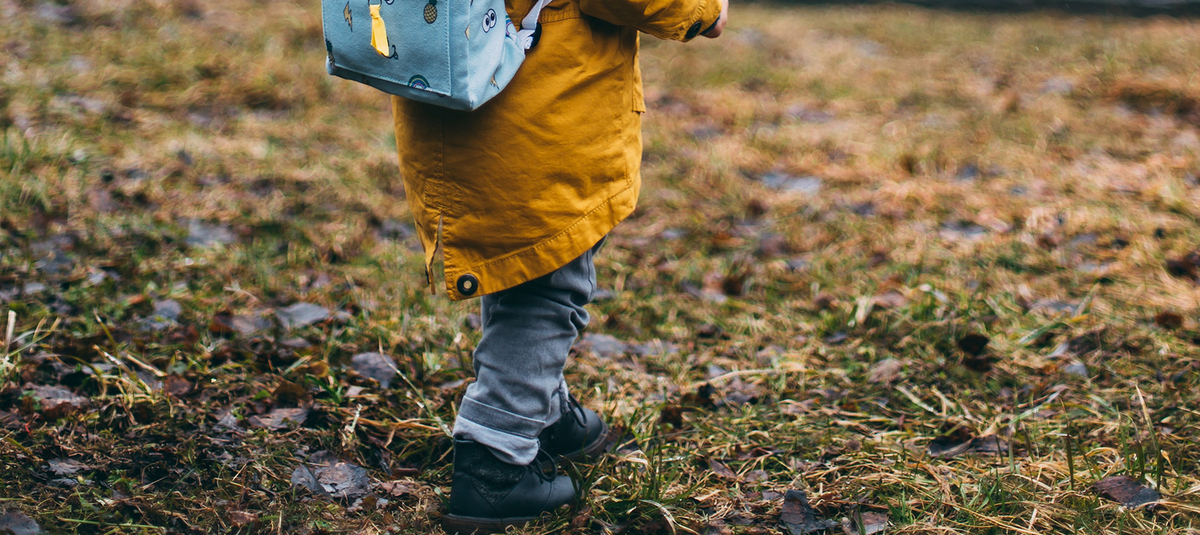When Should Babies Wear Shoes?
The journey of tiny feet's mesmerizing development from 0 to 2 years old is one of the most special periods. During this time, foot size doubles, bone structure gradually strengthens and develops, while muscles are still growing. Soft and flexible tiny feet eagerly await walking.
With their first steps, little ones embark on a great exploration. Essentially, extraordinary days begin where they entirely retrain their muscles and brains. With each step, they learn in intricate detail what walking feels like. Sensory support is provided through the contact of the sole of the foot, which has the richest nerve endings, with different surfaces. The new foot sensation seeks perfect harmony by appropriately experiencing load-bearing, muscle movements, and strengthening.
While your baby is diligently retraining their feet, it's essential not to rush into wearing shoes. Allowing them to move around barefoot as much as possible is crucial for sensory and muscle development. When your baby starts taking one or more steps at a time and begins walking on surfaces that require protection, it's the perfect time to start shopping for their first pair of walking shoes.
Before rushing to the brightest, cutest baby shoe pair you see, remember the requirements of this critical period mentioned above. For all these reasons, selecting the most comfortable baby shoes suitable for your baby's foot development during the first few months and years of walking is of great importance.
So, What Should First Walking Shoes Be Like?
Choosing the first walking shoes for your baby's tiny feet is both exciting and crucial. First walking shoes should be designed to support the natural development of baby feet. Here are some features that first walking shoes should have: Flexibility: First walking shoes should be flexible enough to accompany the baby's natural movements. This flexibility should be supported by a safe ultra-thin sole designed to mimic natural walking. With flexible and ultra-thin soles, your baby grasps and feels the ground, contributing to sensory brain development. Lightweight: First walking shoes should be lightweight so that babies' feet don't get tired, their movements aren't restricted, and their muscles and balance strengthen, allowing them to enjoy their freedom. Non-slip sole: Specially designed non-slip soles that provide good grip prevent babies from slipping and falling, thereby preventing possible accidents. Correct fit: First walking shoes should be designed to fit the baby's foot anatomy. They should not contain structures that could create pressure or go against the natural development of the foot. They should have a wide toe area to mimic natural walking and should be zero drop to allow the baby to feel surface differences for complete sensory development. They should have a structure that wraps around the foot and doesn't easily come off during walking. They should gently support the baby's ankle. Natural materials: Since babies' skin is sensitive, first walking shoes should be made of natural, breathable materials.

It should be remembered that in order to allow the natural development of tiny feet and determine the correct shoe size, baby foot measurements should be checked every six to eight weeks. At Hopfrög Kids, we prioritize selecting shoes that are suitable for your baby's natural foot structure, development, and foot measurements.